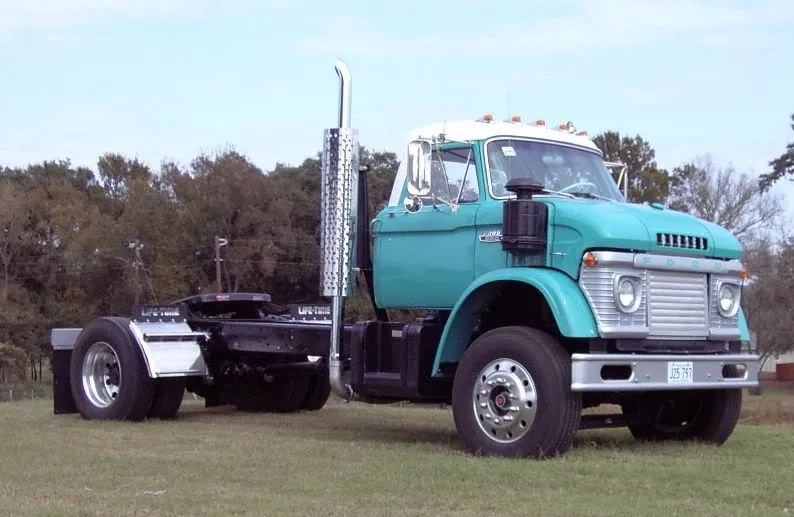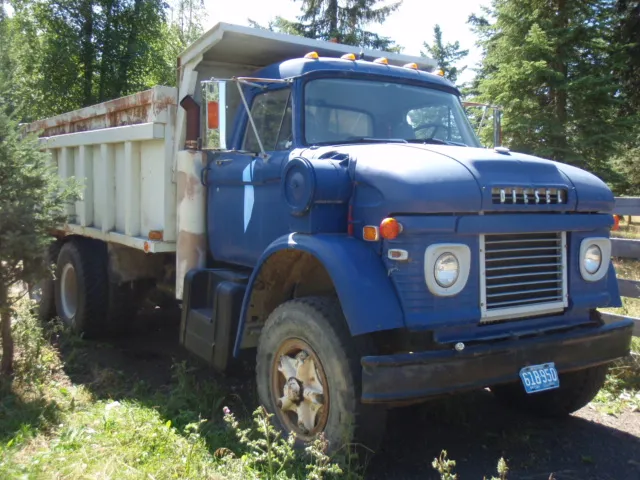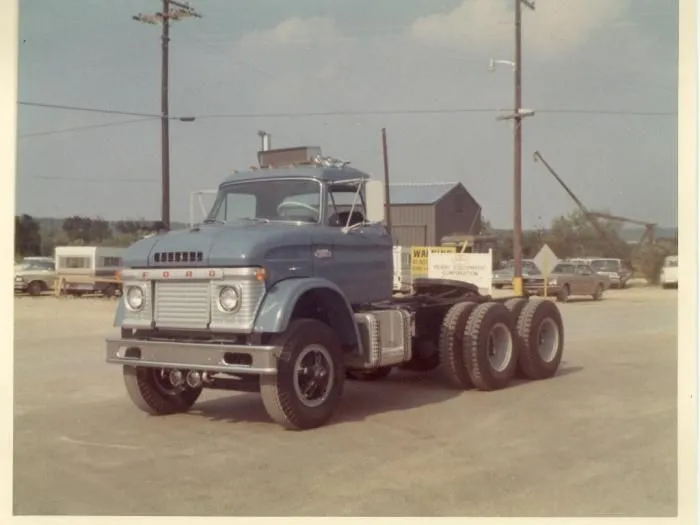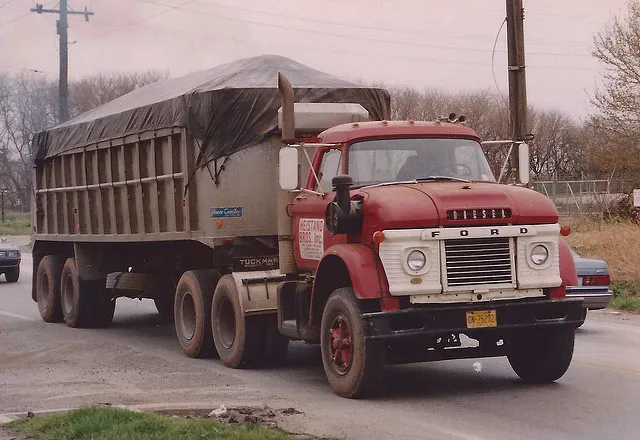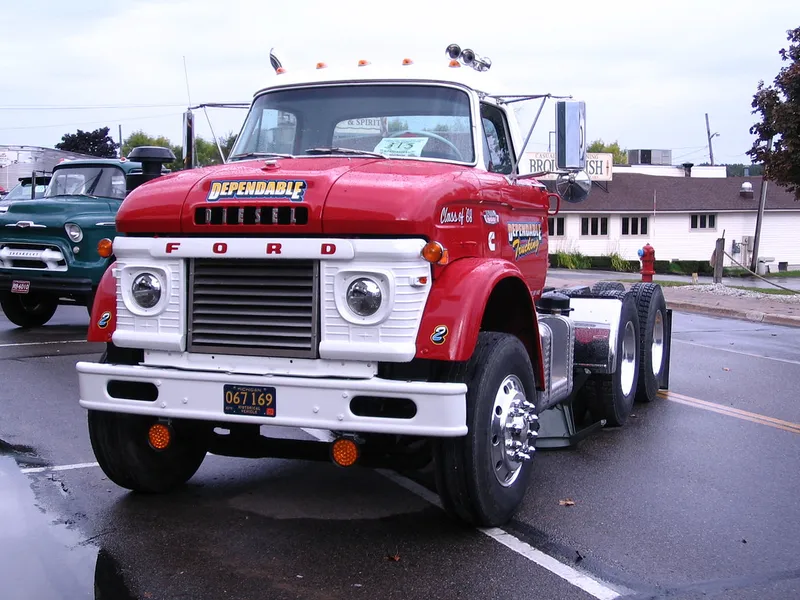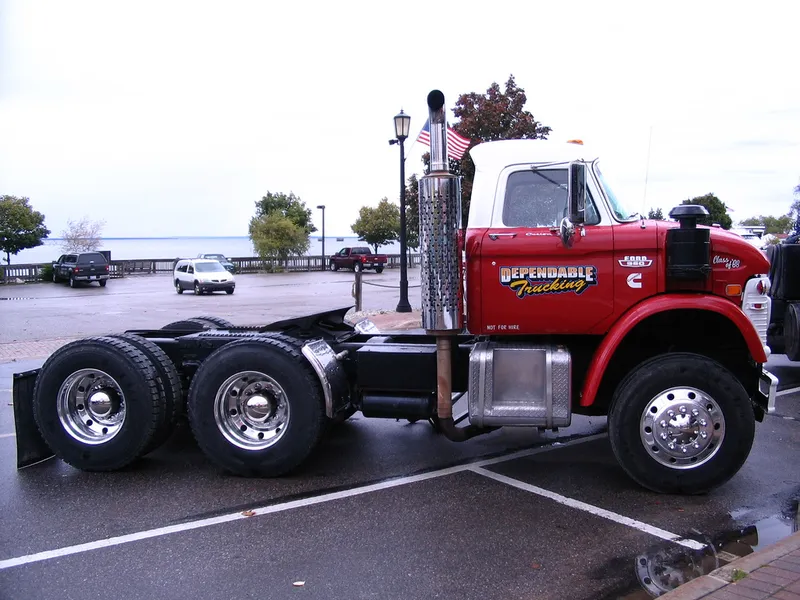
The Ford N-Series tractors were a groundbreaking line of agricultural vehicles introduced by Ford Motor Company in 1939, revolutionizing farming practices. These tractors were a game-changer in the agricultural industry due to their innovative design, versatility, and affordability.
The first tractor in the N-Series was the Ford 9N, introduced in 1939. It featured pioneering technology, including a three-point hitch system developed by Harry Ferguson, which allowed the tractor to handle various implements more efficiently. The 9N also boasted a four-speed transmission, reducing the need for gear shifting during operations.
In 1947, Ford unveiled the improved Ford 8N, which became one of the most iconic tractors in history. The 8N introduced several upgrades, including a more powerful engine, better hydraulics, and a more ergonomic design. It retained the innovative three-point hitch system, which became a standard feature in future tractors.
The Ford N-Series tractors were celebrated for their reliability, ease of use, and adaptability to different farming tasks. They were used extensively for plowing, cultivating, planting, and other agricultural operations. The affordability and accessibility of these tractors made mechanized farming more feasible for small and medium-sized farms, contributing significantly to increased productivity in agriculture.
Additionally, the N-Series tractors played a pivotal role in post-World War II agricultural development. Their ruggedness and durability made them a popular choice among farmers, and many of these tractors remained in use for decades after their production ceased.
The Ford N-Series tractors hold a special place in agricultural history, symbolizing a shift towards mechanization and efficiency in farming practices. Their impact on the industry and their enduring popularity among collectors and enthusiasts attest to their legacy and contribution to modern farming techniques.
